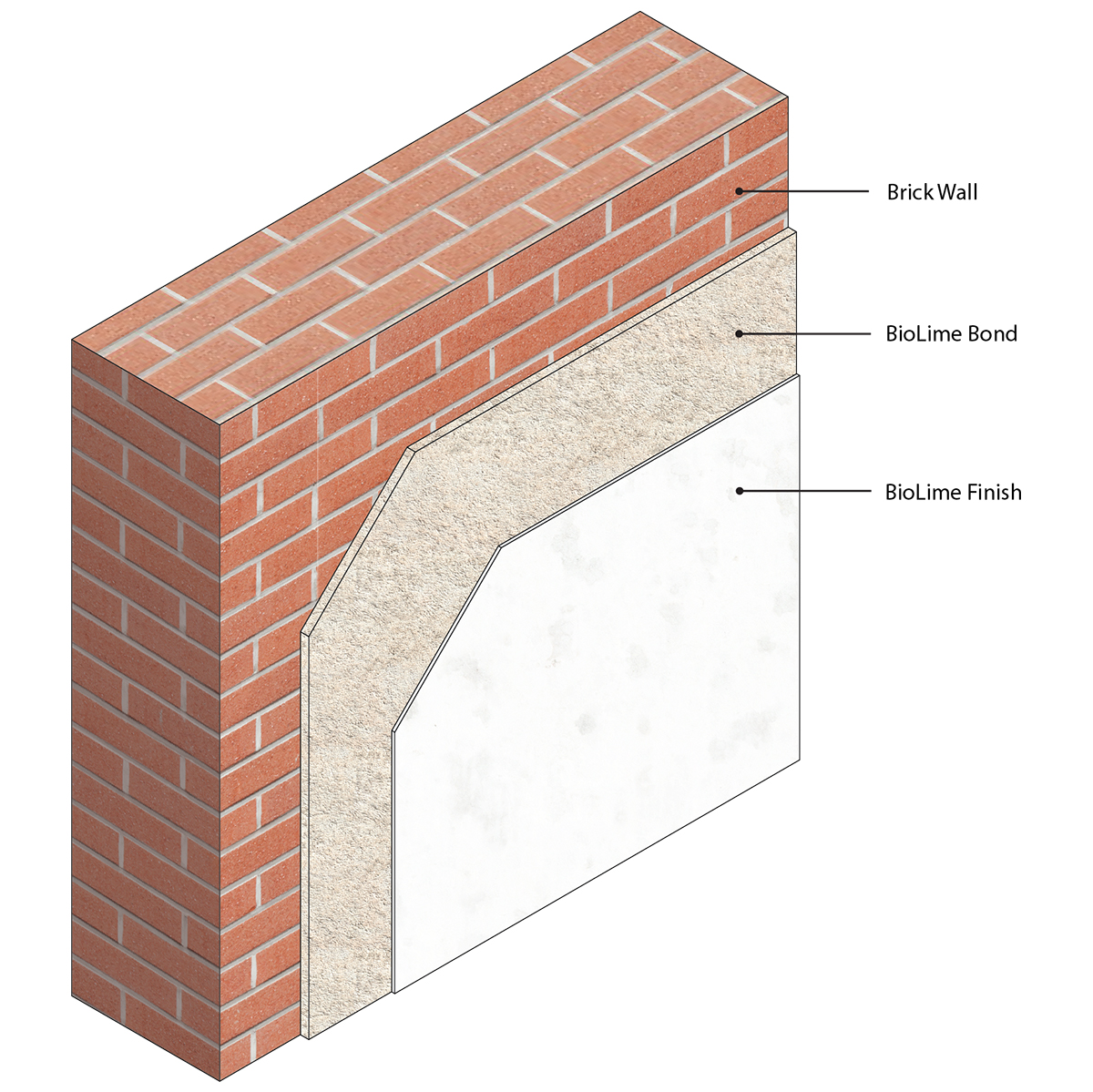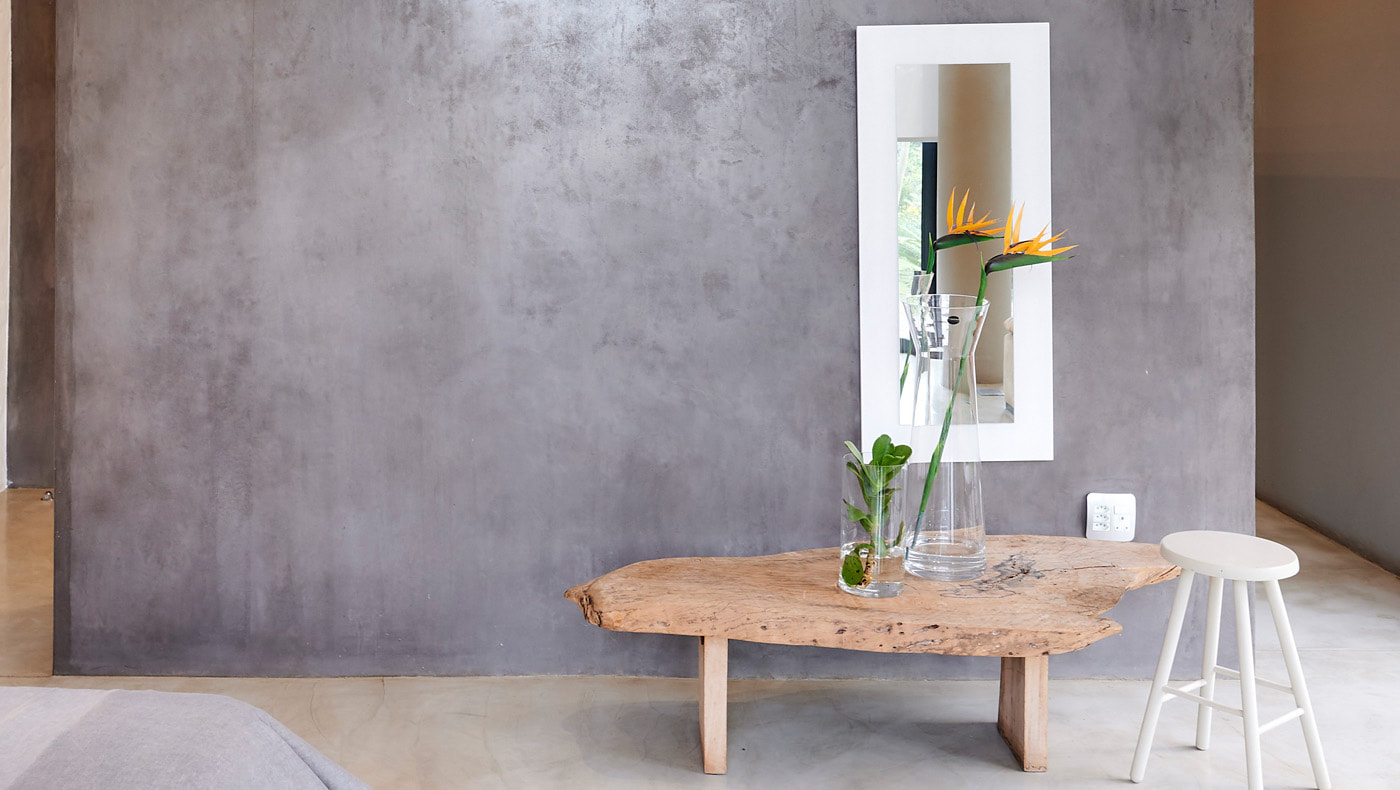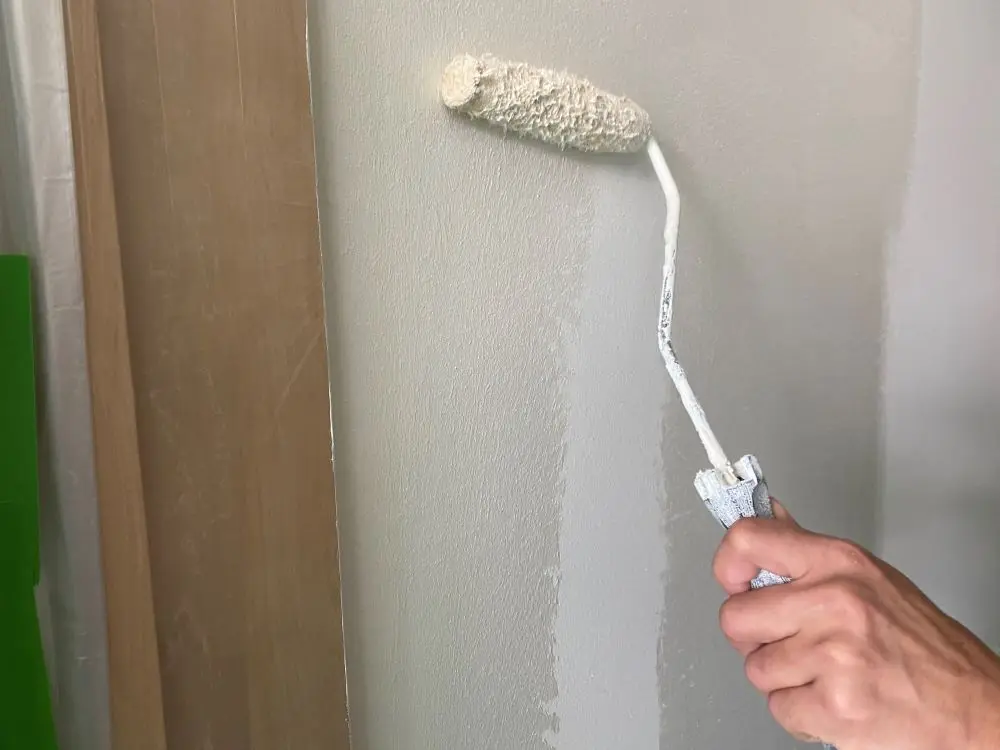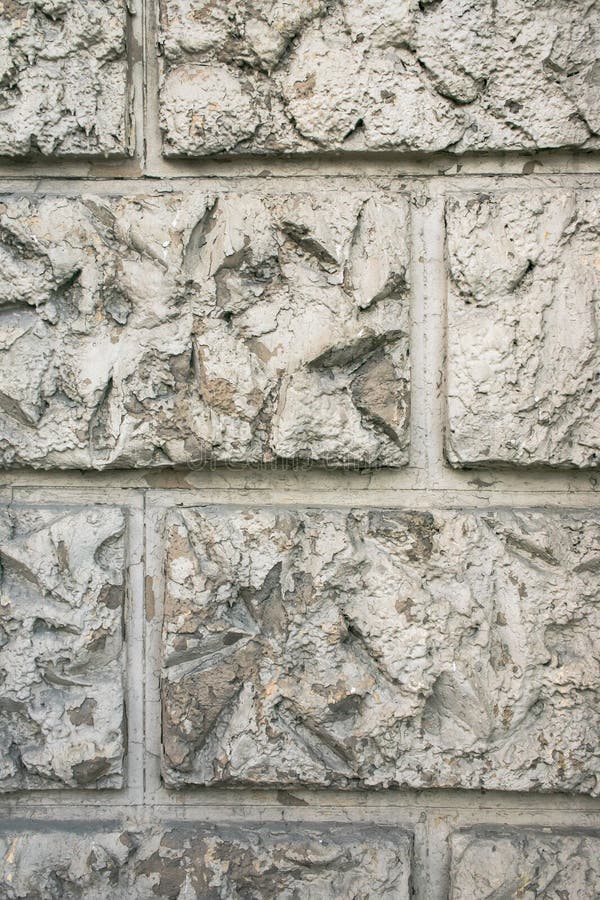Smoothing Out the Surface: A Beginner's Guide to Skim Coat Plastering
Table of Contents
- Creating Faux Marble Walls With Venetian Plaster | Art Insider - YouTube
- Drylining & Plastering - G & M Contracts - Construction Company Monaghan
- Rough Textured Plaster Wall Coating, Imitation of Stone Masonry ...
- Plaster Walls Are the Secret to This Sleek Bathroom Transformation ...
- Direct-Apply Lime Plaster For Brick Walls | BioLime
- H205 silk plaster, liquid wallpaper, wall coating ... – Vicedeal
- Drylining & Plastering - G & M Contracts - Construction Company Monaghan
- Plaster Wall
- Roller Japanese Supplier Waterproof Roof Powder Paint Plaster Coating ...
- Amourcoat(Wall & Ceiling Finishes) - Prospecsurfaces



What is Skim Coat Plastering?



Materials Needed



Step-by-Step Instructions
1. Prepare the Surface: Clean the wall or ceiling thoroughly, removing any dirt, dust, or grease. Fix any cracks or holes with a patching compound and sand smooth. 2. Mix the Plaster: Follow the manufacturer's instructions to mix the skim coat plaster with water. The mixture should be smooth and free of lumps. 3. Apply the Plaster: Use a trowel or putty knife to apply the plaster mixture to the surface, spreading it evenly and smoothly. Work in small sections, about 4 feet by 4 feet. 4. Smooth Out the Plaster: Use a trowel or putty knife to smooth out the plaster, feathering it out towards the edges. Use a sanding block or sandpaper to remove any excess plaster and smooth out the surface. 5. Allow to Dry: Let the plaster dry completely, according to the manufacturer's instructions. This can take anywhere from 30 minutes to an hour, depending on the type of plaster and environmental conditions. 6. Sand and Paint: Once the plaster is dry, use a sanding block or sandpaper to smooth out the surface. Wipe away any dust or debris and apply a coat of paint or finish.
Expert Tips from Bob Vila
According to Bob Vila, "Skim coat plastering is a great way to give your walls a smooth and even finish, but it's essential to prepare the surface properly and apply the plaster in thin layers, allowing each layer to dry before applying the next." He also recommends using a high-quality plaster mix and following the manufacturer's instructions for mixing and application. Skim coat plastering is a DIY-friendly project that can give your walls a smooth and even finish. By following the steps outlined in this guide and taking expert advice from Bob Vila, you'll be able to achieve professional-looking results. Remember to prepare the surface properly, apply the plaster in thin layers, and allow each layer to dry before applying the next. With patience and practice, you'll be a skim coat plastering pro in no time!Keywords: skim coat plastering, DIY guide, Bob Vila, plastering techniques, wall finishing, home improvement, DIY projects.